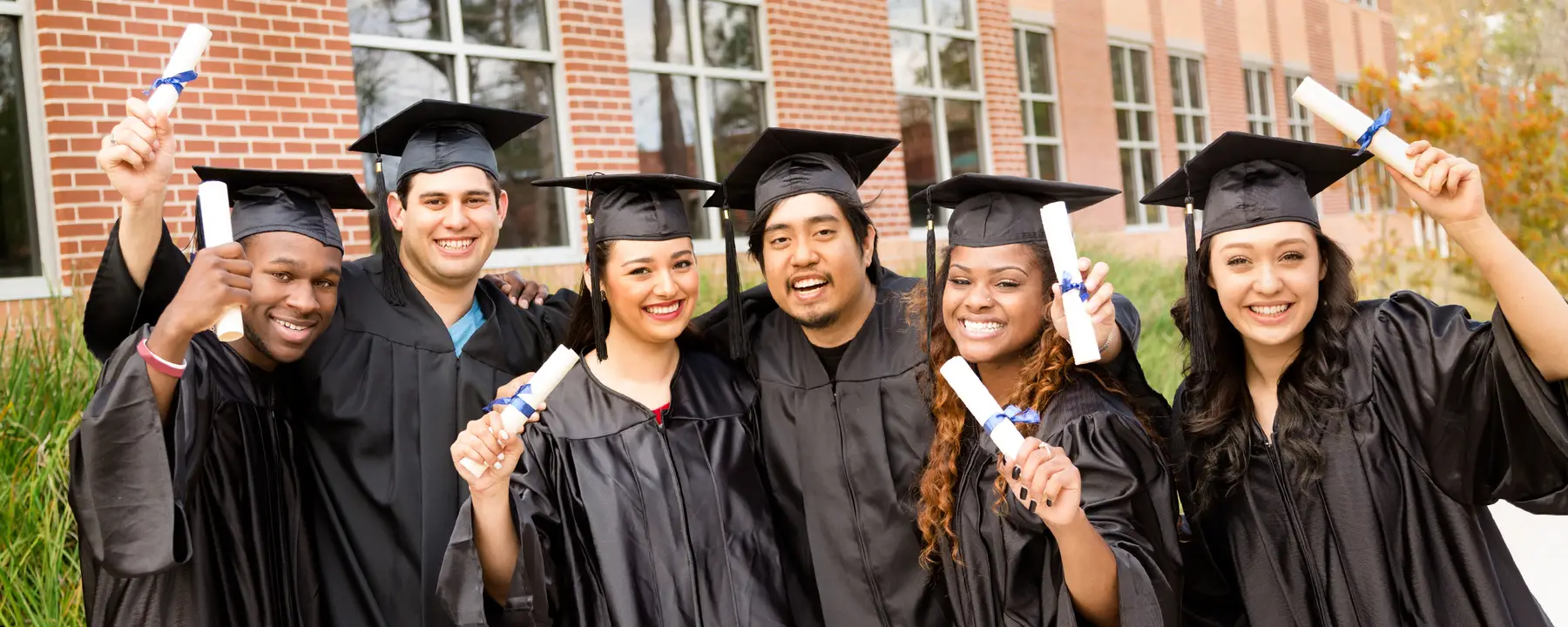Revealing disparities in representation at top-tier schools for students from poor families
Elite universities tout themselves as educating the nation’s best and brightest high-school graduates, regardless of their background. But when the complex process of applications, admissions, and enrollments has played out, students from families of low socioeconomic status are often underrepresented at top-tier schools. These students end up attending colleges that may be beneath their potential.
In the book “Top Student, Top School? How Social Class Shapes Where Valedictorians Go to College,” published in 2013 by University of Chicago Press, we explore the reasons behind the disparity. An extension of previous research on the role of race and class in college admissions, the book looks at the college choice process for students who graduated at the top of their high school class.
A Survey of 900 Public School Valedictorians from Five States
Our experts surveyed 900 valedictorians from public schools in five states, and conducted in-depth interviews with 55 of them. By limiting the survey to valedictorians, we ensured that we would be looking at students who had already demonstrated the grit and academic ability to succeed in the education system.
We found that applying was the greatest obstacle to attending a top college for students with low socioeconomic status. Those who applied had the same chance of getting in as their higher-income peers, but many did not apply in the first place. For example, half did not submit a single application to an elite private college.
Information barriers best explain why low socioeconomic status students did not apply. Despite their academic success, they and their families had a weaker understanding of differences in college quality, the college application process, and financial aid. Our findings further indicate that high schools, which might be in a position to fill this gap in knowledge among poorer families, do not provide sufficient guidance.
Contributing Rich Data to Help Expand Opportunities for All Students
The conclusions we drew in “Top Student, Top School?” are part of a larger conversation in the education community—including the federal government—that aims to improve college access and success. Our findings support expanded efforts to help families learn more about college and financial aid options.
We believe the research behind “Top Student, Top School?” could lead to further developments in ensuring college success for as many students as possible. With this information, high schools may be inspired to improve and tailor their college guidance based on students’ academic preparation. And colleges can see the potential benefit of reaching out to qualified students who might not have heard of their institution or the opportunities they offer. Improving the information families have when making the transition to college can benefit all students, not just the highest achievers.
- Investigator-led research

